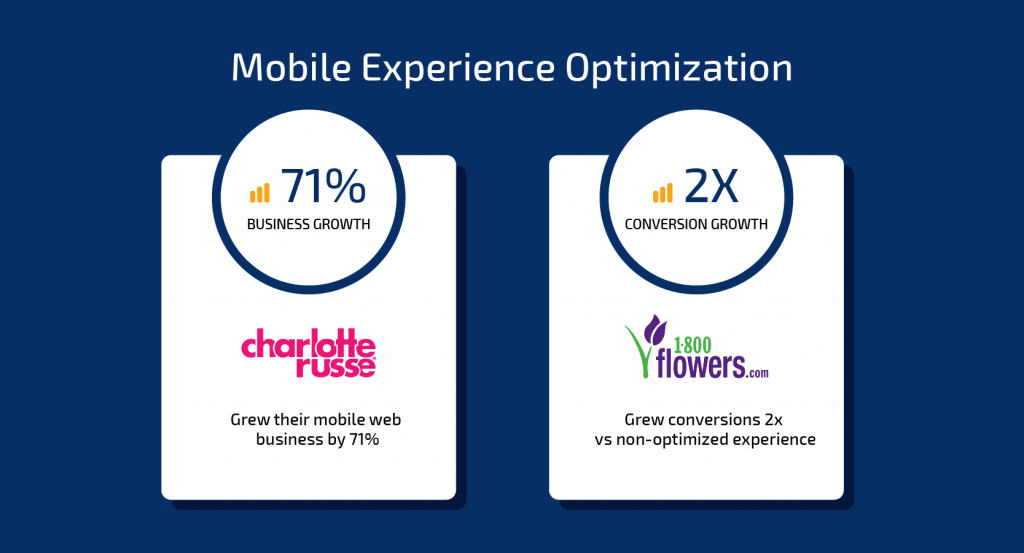Responsive Web design (RWD) is a mobile website development technique that uses CSS, HTML5 and JavaScript on the client to create websites that auto-size themselves to the width of mobile devices. Responsive delivery (RD) is a server-side technique that can benefit enterprise Web developers by helping them avoid the rebuilding that would otherwise be necessary (using RWD) to transform their company’s website to make it responsive.
Ishan Anand, director of new products at RD platform provider Moovweb, further explained the difference between RWD and RD technology and how RD helps developers avoid this website rebuilding problem. “Responsive delivery is a technique we are pioneering which uses a cloud-based server to transform a website’s business logic and assets for target devices,” he said. “With responsive Web design, it’s a bundle of CSS, JavaScript and HTML5; you build your site to that specification and then it will [automatically] adapt to different devices—at least as it appears to the user.
“All of that [automatic] logic is happening on the browser, inside with JavaScript and what is called media queries. But it’s being powered by the browser itself, and that can lead to bandwidth and performance issues.”
RWD (a term coined by “Responsive Web Design” author Ethan Marcotte) and RD both have the same goal: to present mobile users with an interface that has the full functionality of a website on a desktop. But RWD does this client-side while RD does this server-side.
“RWD wasn’t meant to be added to sites,” explained Anand. “As a result, RWD expects sites to be designed around it so it doesn’t have to be concerned with preserving the existing site’s logic and workflow.”
Thus, the greatest benefit of RD is that it helps enterprise Web developers avoid these time-consuming and costly website rebuilds. “Typically a site must be built from scratch to support RWD,” said Anand. “As a result, migrating an existing site to RWD entails rebuilding it. RD is directly applicable to existing sites without any changes to the existing site or needing new APIs.”
A few years ago, a technique was proposed that mixed the server-side nature of RD with the client-side nature of RWD. Responsive Web design with server-side components (RESS) was thought up by “Mobile First” author and RWD practitioner Luke Wroblewski.
Anand said RESS arose out of attempts to address the limitations of RWD; RESS was introduced as a way to lift some of the burden off the client. “RESS lets the server do some of the work to take the load off the browser, but not all of it,” he said. He added that RD technology can be seen as a successor to RESS since RD puts all the work on the server.
Anand said that one benefit of using RD over RWD is that RD can help developers avoid the bandwidth and performance issues in RWD. He said RWD can present these issues because the same HTML code is sent to every mobile device whether or not each device needs all the code. This can slow down the performance of the devices because they are dealing with unnecessary code. By using RD and creating a responsive website server-side, only code that the device needs is sent.
“The server does most of the work and that makes it very performant for all sorts of different devices,” explained Anand. “We’re not relying on the power of the smartphone because a lot of these things are on constrained battery, CPU and memory.”
Another benefit of using RD lies in development, according to Anand. With RWD, the same HTML code has to do double or triple duty for different devices, whereas RD tailors the HTML code for each device.
RD also helps developers avoid the need for the back-end engineering that would otherwise be required to support additional devices and user experiences. According to Anand, RWD does not avoid this, nor do most cross-platform mobile development frameworks. “RWD will require you to change your site’s code and rebuild it,” he said. “And for most other frameworks, there will also be integration work needed that will require changes to your site.”




